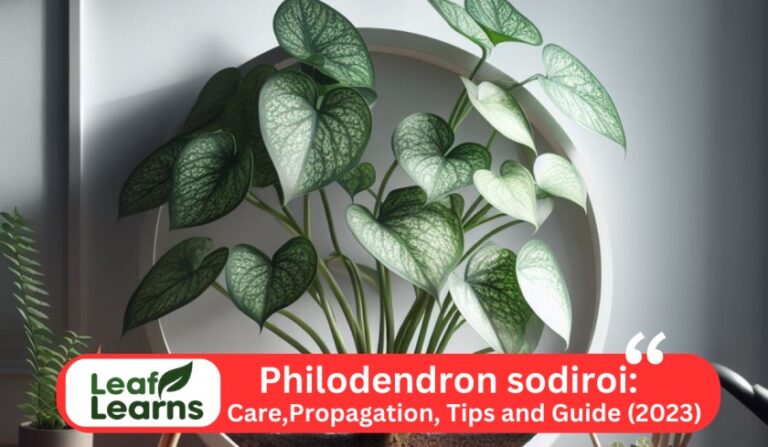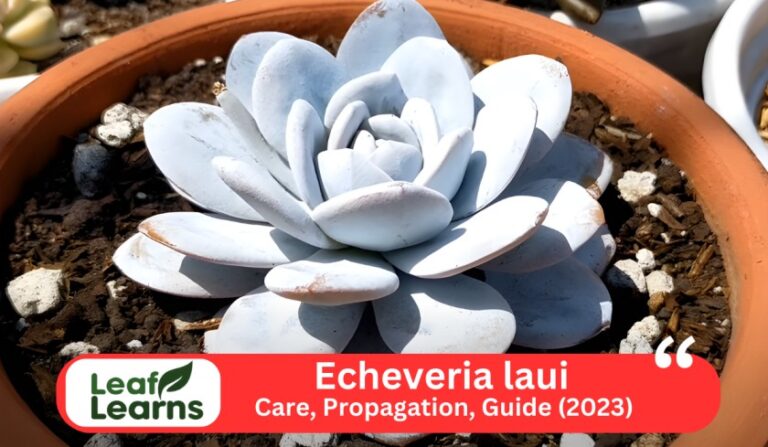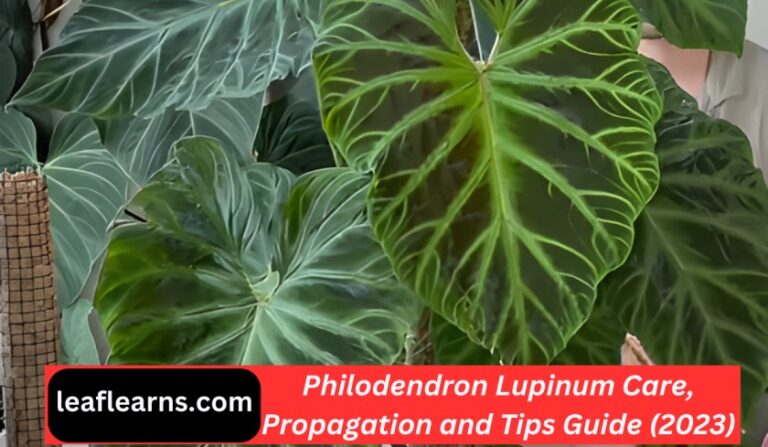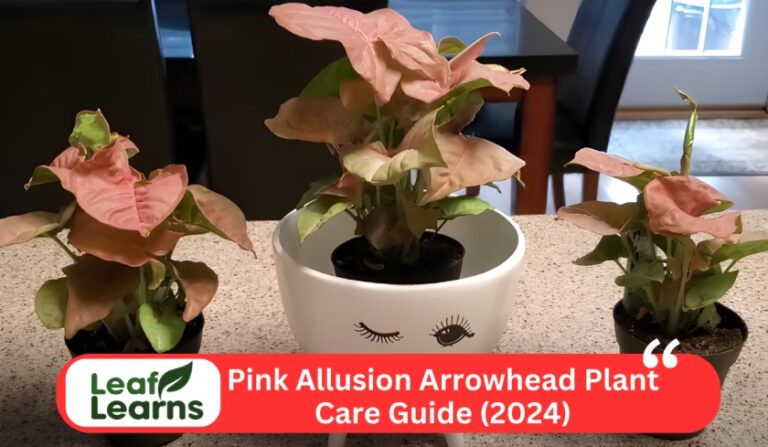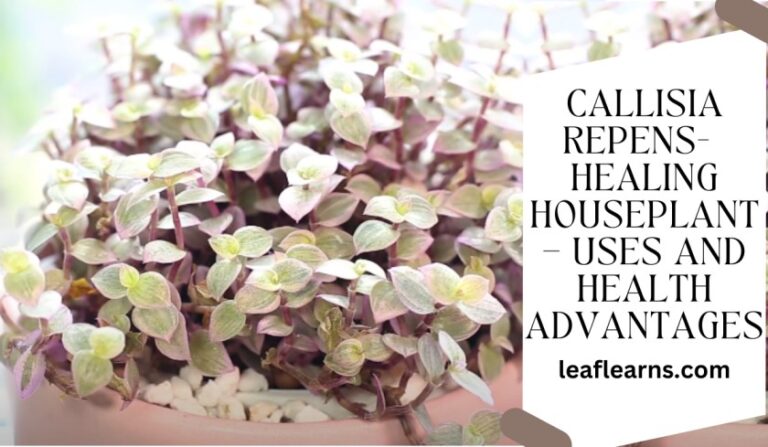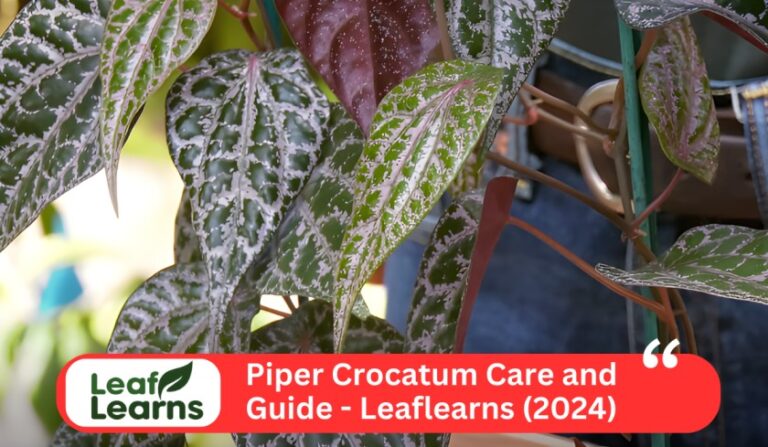Spider Plant or Chlorophytum Comosum Care, and Grow (2023)
The Spider Plant is a member of the Asparagaceae family and is native to Southern Africa. Its official name is Chlorophytum comosum. With stunning green or white and green variegated leaves that range in length from 20 to 45 centimeters (8 to 18 in) and are around 6 to 25 millimeters (0.2 to 1.0 in) broad, this perennial, evergreen beauty normally grows to heights of 18 inches (30 to 45 cm).

The Spider Plant is a hardy indoor plant that thrives in temperatures between 65 and 75 degrees Fahrenheit (18 and 24 degrees Celsius). It also prefers moderate to high humidity levels.
It may be propagated through cuttings or offsets (baby plants) growing from the mother plant. Give it a well-draining potting mix and indirect, bright to moderate light (avoid direct sunlight) for optimum development.
| Common name | Spider-Plant |
| Scientific Name | Chlorophytum comosum |
| Family | Asparagaceae |
| Distribution | Southern Africa |
| Plant type | Perennial, Evergreen |
| Size | 18 inches (30-45 cm) in height |
| Leaf Colour | green or variegated white and green |
| Leaf size | 20–45 cm (8–18 in) and are around 6–25 millimeters (0.2–1.0 in) wide. |
| Temperature | 65-75°F (18-24°C) |
| Humidity | Prefers moderate to high humidity levels |
| Propagation | Division, plantlets (offsets) from the mother plant |
| Light requirement | Indirect, bright to moderate light (avoid direct sunlight) |
| Soil requirement | Well-draining potting mix |
| Watering Need | Allow soil to dry slightly between waterings; water sparingly |
| Toxicity | Non-toxic to cats and dogs |
| Flower colour | white |
| Pests | Mealybugs, spider mites, aphids |

Contents
- 1 Top Care Tips
- 2 Care for Spider Plant
- 3 Pruning
- 4 Growth Rate and Size
- 5 Propagating Spider Plant
- 6 Repotting for Chlorophytum Comosum
- 7 Common Pests
- 8 Plant Diseases
- 9 Problems and Solutions for Chlorophytum Comosum
- 10 Toxicity of Chlorophytum Comosum
- 11 Pets
- 12 Spider-Plant Appearance
- 13 Varieties/Types
- 14 Suggested Uses
- 15 Chlorophytum Comosum Care Tips for a Thriving Indoor Greenery
- 16 Understanding the Relationship Between Chlorophytum Comosum and Cats
- 17 Conclusion
- 18 FAQs
Top Care Tips
- Light: Chlorophytum Comosum can tolerate moderate shade but prefer bright, indirect light. Avoid the sun’s direct rays since they can burn their leaves.
- Before watering, let the top inch or two of the soil dry up. It’s critical to let the soil to gradually dry between waterings since overwatering can cause root rot.
- Maintain your plant between 65 and 75 degrees Fahrenheit (18 and 24 degrees Celsius). Avoid exposing it to extremely hot or cold temperatures.
- Chlorophytum Comosum require somewhat high amounts of humidity to grow. By spraying the plant or putting a dish of water close by, you may raise the humidity.
- During the growth season (spring and summer), fertilize your spider-plant once a month with a balanced liquid fertilizer diluted to half strength
- Pests: Although generally resistant to pests, keep an eye out for aphids, mealybugs, and spider mites on indoor plants.
- These plants are a safe alternative for pet owners because they are non-toxic to cats and dogs.
Not only are Chlorophytum Comosum aesthetically pleasing additions to homes and businesses, but they may also help clean indoor air by eliminating contaminants like formaldehyde and xylene.
Care for Spider Plant
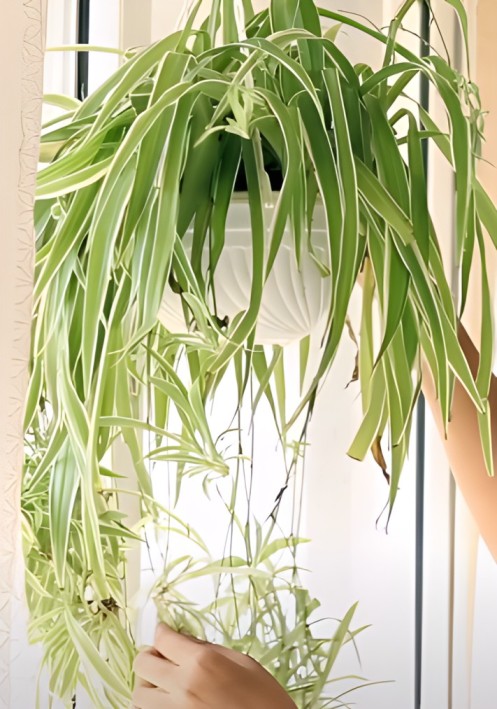
Light Requirement
Spider-plants prefer areas in your house that are light but not very sunny. They desire “just right” light; they’re like Goldilocks. Away from the intense sun, place them where there is indirect or moderate light.
It works good to find a space in the room with some soft sunlight or a windowsill with a curtain. There, they’ll be content. Keep in mind that they dislike glaring sunshine.
Water Requirements
It’s simple to water a Chlorophytum Comosum Before watering, let the soil get a little bit dry. If the soil feels dry after inserting your finger about an inch into it, it’s time to water.
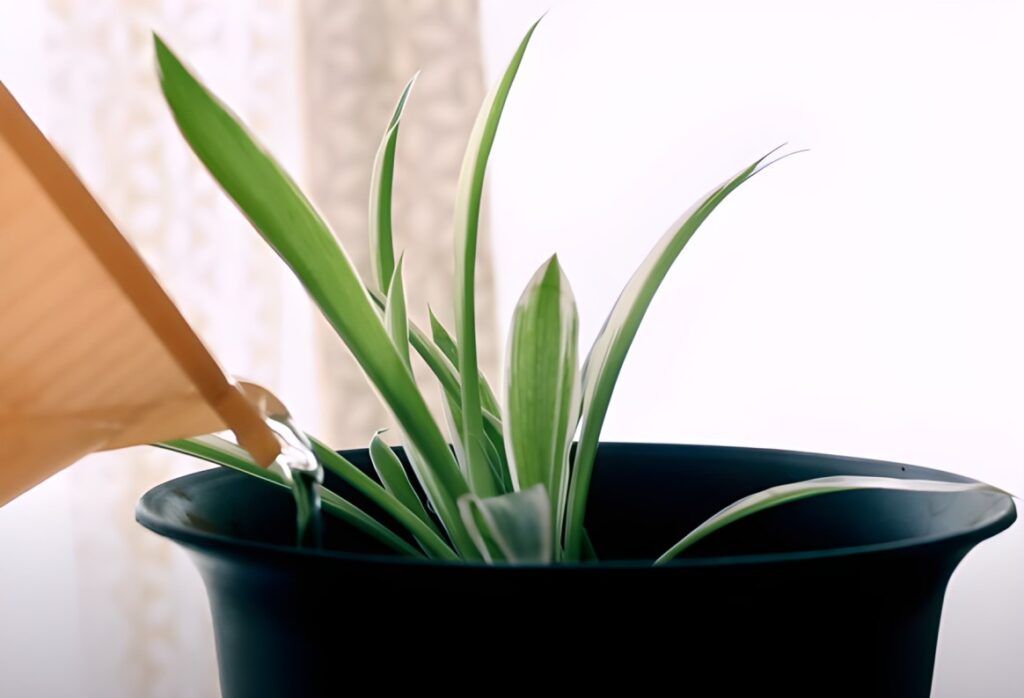
They prefer to be on the drier side, so don’t go overboard. Watering once every two to three weeks should be sufficient, but take into account how dry your home is.
Soil Requirement
Pay attention to the soil requirements of your plant to take proper care of it. Use soil that drains well so that water won’t pool around the roots by using well-draining soil.

This maintains the health of your plant. To avoid overwatering the soil, let it dry out a little bit in between waterings. It’s like giving your Chlorophytum Comosum the ideal house so it may live happily ever after!
Temperature Requirement
65 to 75 degrees Fahrenheit (18 to 24 degrees Celsius) is a comfortable range for spider-plants. Consider the ambient temperature! Avoid areas of intense heat or cold.
They’re comfortable, neither too hot nor too chilly. Keep them cosy, and they’ll maintain the stunning appearance of those green and white leaves. So always keep in mind: just perfect, not too hot, not too chilly.
Humidity Requirement
Think of humidity as a warm blanket when taking care of your spider-plant. Similar to how humans want a comfortable atmosphere, Chlorophytum Comosum prefer a somewhat humid climate.
As a result, maintain some humidity in your house by misting the plant or setting up a bowl of water nearby. This keeps it content and wholesome.
Fertilization Requirement
A spider-plant is easy to care for! Consider fertilizer to be the equivalent of nourishment for your plant. Feed it once a month with a balanced liquid fertilizer during the growing season (spring and summer), but don’t overdo it half-strength is plenty.
This keeps your plant healthy and content so that it may continue illuminating your room with its magnificent leaves. A little food goes a long way, so keep that in mind!
Potting Requirement
A Chlorophytum Comosum is simple to care for! Use well-draining soil while potting plants to avoid water collecting at the roots. Don’t overwater these plants because they prefer a little bit of soil drying between waterings.
Place them in an area with bright, indirect light rather than the sun. They will flourish if you keep your house at a comfortable temperature. Remember that pets are welcome around Chlorophytum Comosums, so don’t worry about them!
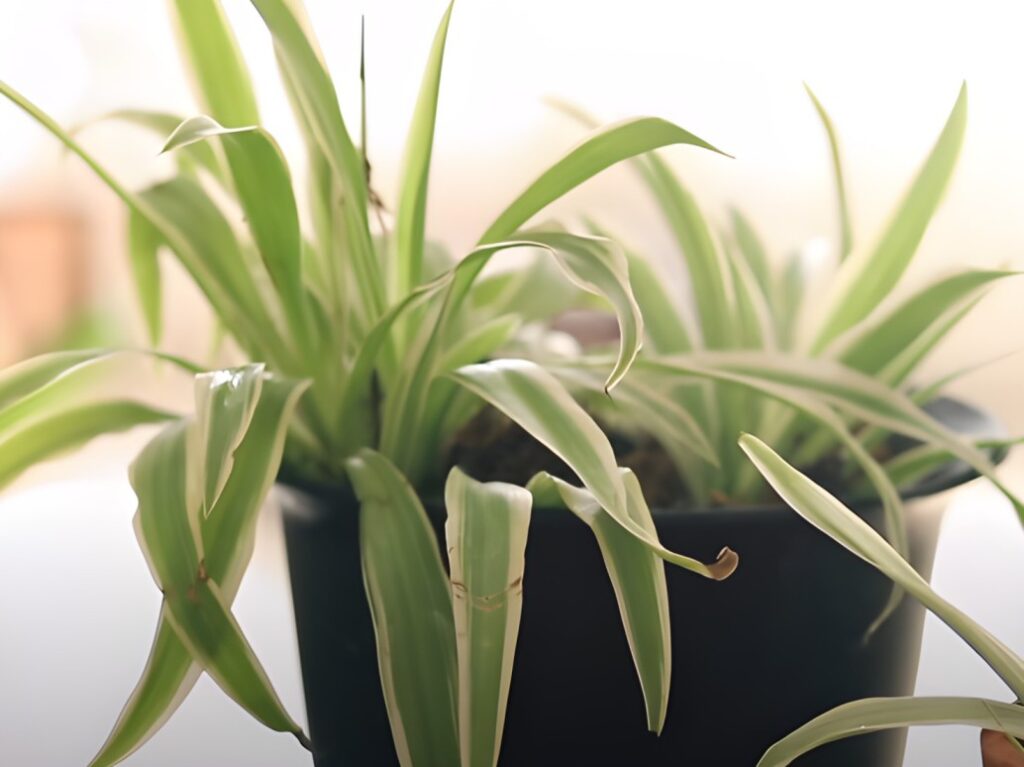
Pruning
Trimming or cutting away the old or damaged brown or yellow leaves on spider-plants is known as pruning. These leaves can be removed by carefully pulling or snipping them off close to the plant’s root using clean scissors or your fingers.
This makes your Plant appear healthier and more organized. To keep your plant happy, avoid trimming too many leaves at once and only when necessary.
Growth Rate and Size
With consistent growth, Chlorophytum Comosum may grow to a height of around 18 inches (30–45 cm). Imagine them growing to be the height of a ruler! Typically, their leaves are 0.2-1 inches in diameter and 8 to 18 inches long.
Consequently, image leaves that resemble a tiny book! These plants are ideal for businesses and houses with limited space since they are not in a rush to become extremely large. They resemble the dependable buddies you have among your plants.
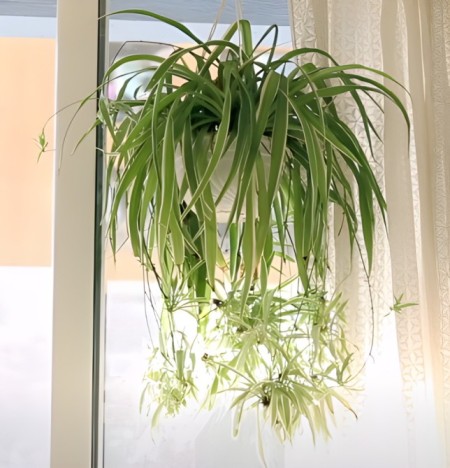
Propagating Spider Plant
Division
With this technique, the mature plant is meticulously divided into smaller portions. To start, take the plant out of the pot and carefully brush off any extra soil.
Then, locate the root system’s natural divisions and cut them apart using a clean, sharp knife. There should be roots and leaves in every region. Repot these divisions with new potting soil into distinct pots.
Plantlets (Offsets)
Long branches that branch out from the mother plant of spider-plants carry the young plantlets. Once they have established some roots, these plantlets may be gently removed and placed in separate pots.
Before transferring each offset into its own pot with the appropriate potting mix, make sure that it has a few roots.
Repotting for Chlorophytum Comosum
Giving your Chlorophytum Comosum a new home is like giving it a new beginning. It’s time when the plant outgrows its present container or the soil starts to feel worn out.
a pot with drainage holes that is somewhat larger first. The plant should then be carefully taken out of its old container, its roots slightly loosed, and placed in the new pot with fresh potting soil.
you give it only a little water, your spider-plant will grow healthier and happier.
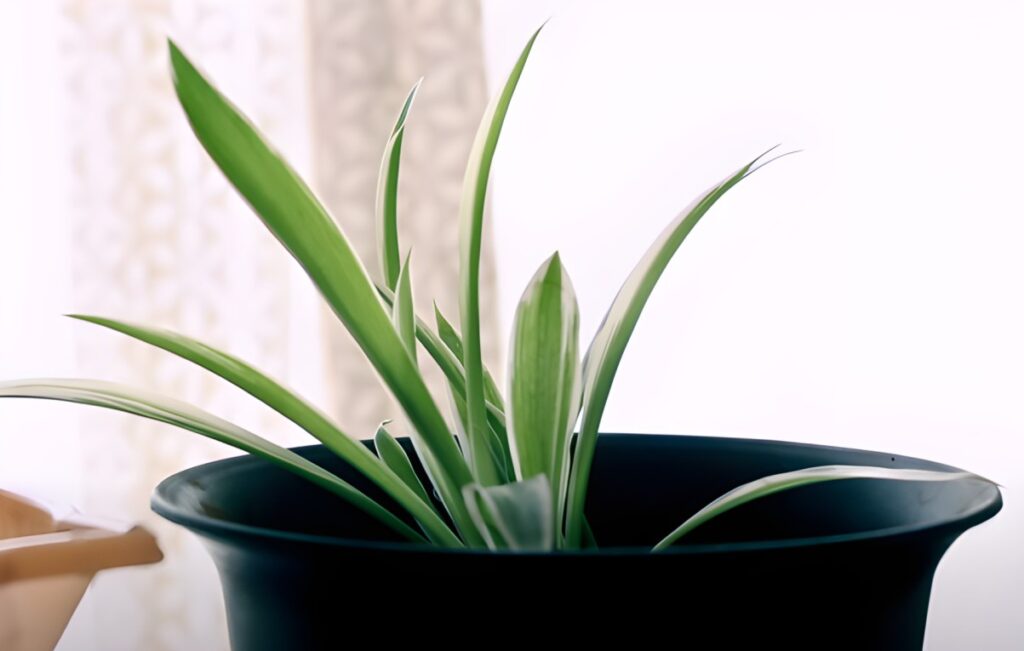
Common Pests
Mealybugs, spider mites, and aphids are a few common pests that may trouble your plant. These little troublemakers have the ability to eat the plant’s fluids and harm its leaves.
Check your plant frequently for these pests, especially under the leaves and along the stems, to maintain it healthy. To preserve your plant’s lush growth, treat any you find with insecticidal soap or gently wipe them away with a moist cloth.
Plant Diseases
Similar to a cold for people, plant illnesses can affect this plants. They are brought on by pathogens, which are microscopic organisms like bacteria or fungus.
The plant’s leaves may get patches or unusual colors from these mischievous microbes, making them appear unhappy. Make sure your this plant receives the proper amount of water, light, and space, and keep it away from sick plants to keep it healthy.
Problems and Solutions for Chlorophytum Comosum
Problem: Spider-plant leaves have brown tips.
Solution: With clean scissors, trim the brown tips, regulate watering and check that the soil isn’t too dry or too damp.
Problem: Chlorophytum Comosum leaves are turning yellow.
Solution: Check the lighting; relocate the plant to a brighter location with indirect light, keeping direct sunlight to a minimum.
Problem: Soil is staying soggy.
Solution: Use well-draining potting soil, water the plant in little amounts, and let the soil partially dry in between applications.
Problem: Spider-plant is getting too tall and leggy.
Solution: To promote bushier growth, prune the long stems and replant the cuttings.
Problem: Spider-plant has small white bugs (mealybugs).
Solution: Use a moist cloth to remove the insects, or gently wash the leaves with water and mild soap.
Toxicity of Chlorophytum Comosum
Your animal companions won’t get sick from this plant! There is no need to be concerned if cats or dogs nibble on its leaves because it is not hazardous to them.
Chlorophytum Comosum, in contrast to certain other houseplants, are safe for your dogs to eat. So you don’t have to worry about your pets’ safety while enjoying this gorgeous green buddy at home.
Pets
For houses with cats and dogs, spider-plants make wonderful pets. The good news is that they are safe for your animal companions, so even if they decide to nibble, they won’t be hurt.
As a result, you may appreciate your Chlorophytum Comosum beauty without worrying about your dogs getting into mischief. Just keep the plant away from them to avoid any unintentional munching!
Spider-Plant Appearance
A houseplant known as the “Chlorophytum Comosum” has long, slender leaves that resemble spider legs. Green or white and green striped leaves are seen.
They may reach a height of around 18 inches and have a length of between 8 and 18 inches. The shrub is simple to maintain and has little white blooms.
Varieties/Types
This plant come in various captivating varieties, each with its unique leaf patterns. Popular types include:
- Variegatum: Features green leaves with white stripes.
- Reverse Variegatum: Boasts white leaves with green stripes.
- Bonnie: Compact size with curly, variegated leaves.
- Zebra Grass: has slender, white-striped leaves that are dark green.
- Hawaiian Spider-Plant: has somewhat broader leaves with a combination of green and white stripes.
- Vittatum: Known for its bold white stripes.
Suggested Uses
Air purification: Spider-plants are excellent for enhancing indoor air quality since they remove pollutants like formaldehyde and xylene from the air.
House decor: Their lovely foliage gives your house or business a touch of greenery and freshness.
Low Maintenance: Chlorophytum Comosum require little maintenance, which makes them ideal for new gardeners.
presents: Because of their aesthetic appeal and air-purifying qualities, they make beautiful presents.
Pet-friendly: Provides safe greenery for families with cats and dogs.
Chlorophytum Comosum Care Tips for a Thriving Indoor Greenery
The all-green spider-plant, scientifically known as Chlorophytum comosum, is a popular indoor plant renowned for its air-purifying qualities. Another name for the spider-plant is the “airplane plant,” owing to its gracefully arching leaves.
This hardy plant is well-suited for indoor environments and makes an excellent addition to homes with pets like cats. Its vibrant green leaves not only add a touch of natural beauty but also help improve indoor air quality by removing toxins.
Understanding the Relationship Between Chlorophytum Comosum and Cats
To care for a spider-plant, provide it with well-draining soil, and choose a pot that allows excess water to escape. This plant prefer indirect sunlight but can tolerate low light conditions, making them versatile for various indoor spaces.
Keep the soil consistently moist but avoid overwatering to prevent brown tips on the leaves. Chlorophytum Comosum can produce baby plants, or “spiderettes,” which can be propagated to create new plants.
They’re generally safe for pets like cats, but if your feline friend tends to chew on plants, it’s wise to place the spider-plant out of their reach or consider cat-friendly alternatives.
Conclusion
In conclusion, Chlorophytum Comosum are reasonably easy to care for and have many advantages for both pet owners and interior environments. These resilient plants are a great addition to your home or business because they flourish in indirect, moderate light.
To keep them content, keep the temperature between 65 and 75 degrees Fahrenheit and remember to let the soil gradually dry out between watering.
They are considerate presents, especially for individuals who are just learning how to care for plants, and their non-toxicity makes them perfect for homes with dogs. Your spider-plant may flourish and liven up your living area with the appropriate maintenance and attention to frequent pests and problems.
FAQs
What kind of light does a Spider Plant prefer?
Chlorophytum Comosum can tolerate moderate shade but prefer bright, indirect light. To prevent leaf burning, keep them out of direct sunlight.
How should you determine when to water a Spider Plant?
Before watering, let the top inch or two of soil dry off. If the soil feels dry when you stick your finger into it, it’s time to water. In order to avoid root rot, avoid overwatering.
What temperature range is ideal for Spider Plants?
Temperatures between 65 and 75 °F (18 and 24 °C) are ideal for spider-plants. Extreme heat or cold should be kept away from them.
How can you increase humidity for a Spider Plant?
By spraying the plant or putting a dish of water close by, you may raise the humidity. Moist conditions are preferred for Chlorophytum Comosum.
How often should you fertilize a Spider Plant, and what type of fertilizer is recommended?
During the growth season (spring and summer), fertilize your plant once a month with a balanced liquid fertilizer that has been diluted to half-strength.
What are the two common methods for propagating Spider Plants?
Planting the young plantlets (called spiderettes) that are generated on long stems can also be used to propagate Chlorophytum Comosum.
Are Spider Plants safe for pets?
Yes, Spider-Plants are non-toxic to cats and dogs, making them a safe choice for households with pets.

